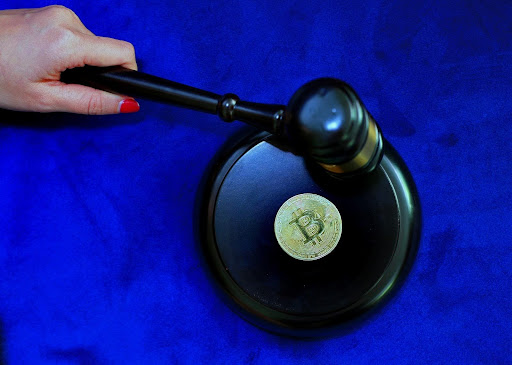If you were injured in a car accident, you deserve compensation for the damages incurred. However, you must understand how California’s negligence laws work and how fault works. California follows a system of comparative negligence known as “pure comparative negligence,” which determines how fault is allocated and impacts the amount of compensation a person can recover.
Under California’s pure comparative negligence rule, multiple parties involved in an accident can be assigned a percentage of fault. This percentage represents the degree to which each party contributed to the accident or the resulting injuries.
Each party’s percentage of fault is then used to determine how much compensation they can recover, which is why working with a car accident lawyer is crucial. Here’s how fault works in California:
Comparative Negligence & Allocation of Fault
California applies a pure comparative negligence standard, which means that an injured person can recover compensation even if they were partially at fault for the accident. However, the amount of compensation they can obtain is reduced by their percentage of fault.
When determining fault, the court or insurance adjusters consider the evidence, including witness statements, accident reports, expert opinions, and other relevant factors. They assess the actions or omissions of each party involved and assign a percentage of fault accordingly.
Even if you were 99% responsible for an accident, you are still entitled to compensation. If you are found to be responsible for some of your own damages, the award will be reduced. For example, in some instances, if you didn’t wear a seatbelt when the accident occurred, you might be responsible for some of the damages incurred and receive less compensation.
Damages Calculation
After an accident, the total damages awarded to the victim are reduced by their percentage of fault. For example, if a person is found 20% at fault and the total damage is $100,000, they would be entitled to recover only $80,000, or 80% of the total damages.
Under California law, even if one party cannot pay their share of the damages, the other responsible parties may be held liable for the total amount, regardless of their assigned percentage of fault. However, the responsible parties can seek contributions from each other to distribute the liability fairly, which also ensures that the injured victim will receive their compensation regardless of the financial situation of the liable parties.
Working With a Personal Injury Lawyer
California’s fault and negligence laws can be complex, and the application of these rules can vary based on the circumstances of each case. Consult with a personal injury lawyer so you can focus on healing while they focus on recovering your damages. A lawyer can help you establish fault and prove negligence, maximizing your compensation claim.
























